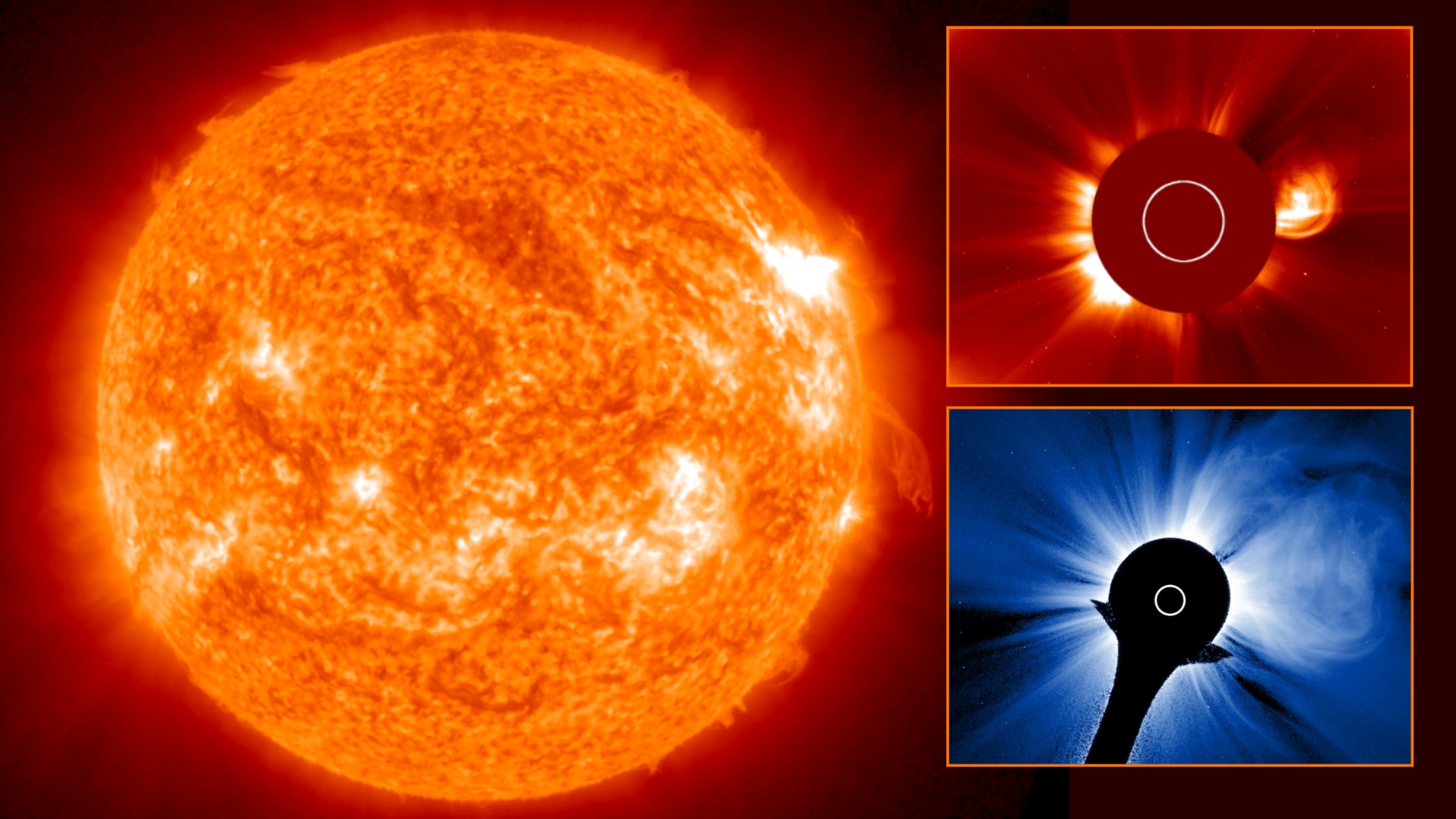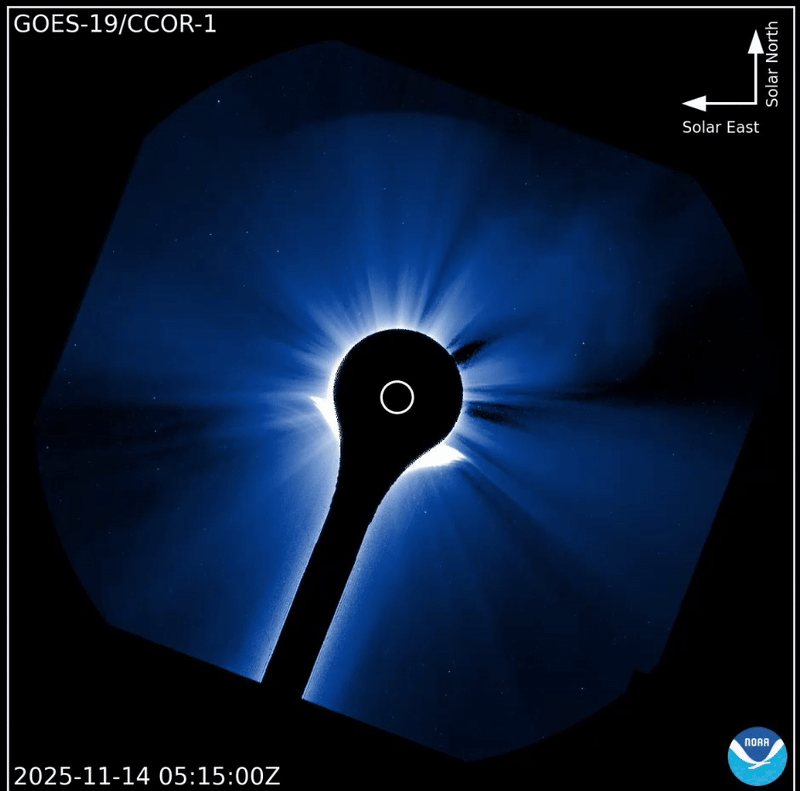Sun fires off 2nd-strongest flare of 2025, sparking radio blackouts across Africa
The eruption was accompanied by a CME, which is currently under analysis to assess whether any part of it is headed for Earth.

The sun fired off another major eruption today (Nov. 14), unleashing an intense X4-class flare, the second-most powerful eruption of 2025 so far, from the same hyperactive sunspot region that produced this year's record-setting X5 blast just days ago.
The flare peaked at 3:30 a.m. EST (0830 GMT) from sunspot AR4274, according to NOAA's Space Weather Prediction Center. The eruption triggered strong (R3) radio blackouts across the sunlit side of Earth, with the most severe disruptions concentrated over central and eastern Africa.
This dramatic outburst comes as AR4274 approaches the sun's western limb, meaning it is about to rotate out of view. This 'parting shot' eruption from one of the most prolific flare producers of Solar Cycle 25 was accompanied by a coronal mass ejection (CME). But due to the position of the sunspot region so close to the solar limb (the 'edge' as we see it), any associated CME would be less likely to be directed toward Earth. Space weather forecasters are monitoring coronagraph data to determine whether any portion of the released CME could clip our planet in the coming days.
What is an X-flare?
Solar flares are ranked in ascending strength from A, B, C and M up to X, with each letter representing a tenfold increase in intensity. X-class flares are the strongest eruptions and the number following the X indicates how powerful the event is. An X.4 puts today's flare in the upper tier of solar outbursts.
Unlike CMEs, which launch clouds of magnetized plasma into space, solar flares release bursts of electromagnetic radiation that reach Earth in about 8 minutes. Today's flare rapidly ionized the upper atmosphere, disrupting long-range radio communications on the sunlit portion of Earth.
Breaking space news, the latest updates on rocket launches, skywatching events and more!

Daisy Dobrijevic joined Space.com in February 2022 having previously worked for our sister publication All About Space magazine as a staff writer. Before joining us, Daisy completed an editorial internship with the BBC Sky at Night Magazine and worked at the National Space Centre in Leicester, U.K., where she enjoyed communicating space science to the public. In 2021, Daisy completed a PhD in plant physiology and also holds a Master's in Environmental Science, she is currently based in Nottingham, U.K. Daisy is passionate about all things space, with a penchant for solar activity and space weather. She has a strong interest in astrotourism and loves nothing more than a good northern lights chase!
You must confirm your public display name before commenting
Please logout and then login again, you will then be prompted to enter your display name.


